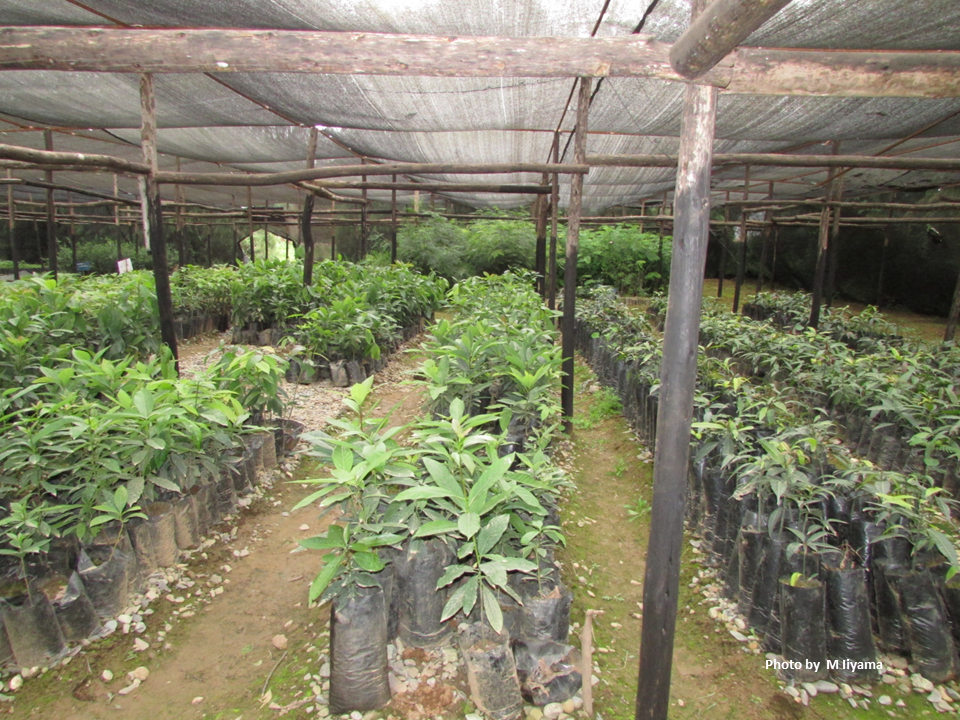Pick Up
1187. Balancing Land-based Mitigation Strategies with Biodiversity Conservation

1187. Balancing Land-based Mitigation Strategies with Biodiversity Conservation
In the ongoing global effort to combat climate change, we need to not only reduce greenhouse gas emissions, but also increase the amount of carbon removed from the atmosphere. Land-based mitigation strategies that utilize plant carbon fixation, especially to achieve net-zero carbon emissions, are currently considered the only scalable way to remove carbon.
Land-based mitigation strategies (LBMSs) include natural reforestation (tree cover restoration of historically forested biomes), afforestation (increased tree cover of historically unforested biomes), and bioenergy cropping through carbon capture and storage. On the other hand, as climate action accelerates, there is an urgent need to ensure that biodiversity is not inadvertently endangered by implementing LBMS. From a biodiversity perspective, it is important to anticipate the impact of LBMS, even a well-intentioned strategy can have unintended negative consequences.
The study, published in the journal Science, looked at two pathways to determine the potential impact of LBMS on biodiversity. First, LBMS has a "habitat conversion effect" that changes the land cover of a region and increases or decreases the habitat available to a species, and a "climate mitigation effect" that changes the geographic range limits of a species by mitigating climate change through large-scale deployment of LBMS. Habitat conversion effects can be large for species whose habitats overlap with terrestrial mitigation projects, while climate mitigation effects can have a small impact on individual species but a large cumulative impact on the habitats of all species around the world.
The authors modeled the climate and habitat requirements of 14,234 vertebrate species and analyzed the impact of these strategies on species habitat areas, and showed that habitat conversion through the restoration of degraded forests may have the most beneficial effects. Regardless of location, reforestation tends to provide habitat for species through both land cover change and climate mitigation, but habitat loss associated with afforestation and bioenergy cropping tends to outweigh the benefits of climate mitigation.
The development of land-based mitigation strategies requires planning based on biodiversity habitats.
Reference
Jeffrey R. Smith et al. 2025. Variable impacts of land-based climate mitigation on habitat area for vertebrate diversity. Science. 23 Jan 2025, Vol 387, Issue 6732, pp. 420-425, https://www.science.org/doi/10.1126/science.adm9485
Contributor: IIYAMA Miyuki, Information Program
